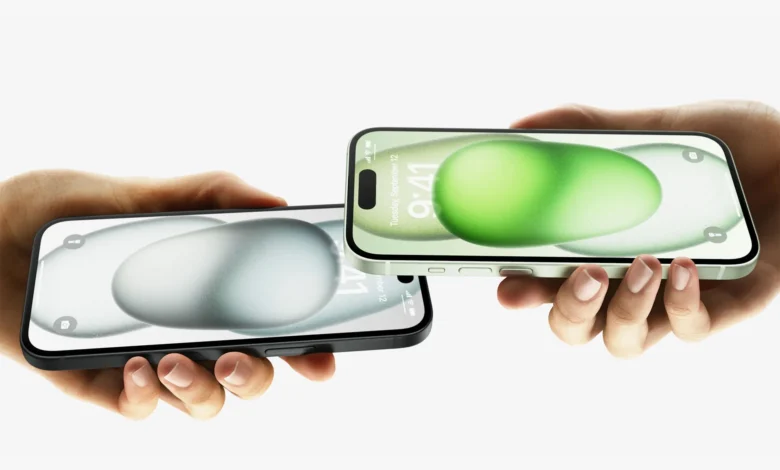Monsanto is No More: Why the Namedrop Means Nothing

In 2018, The Washington Post’s headlines glistened with a ray of hope for Monsanto’s cynics. In bold, it read ‘Why Monsanto is No More.’ The post was talking about the upcoming acquisition of the company by the famous German life science juggernaut, Bayer.
The latter was about to purchase Monsanto for a massive $66 billion. By that time, Monsanto had emerged as the most hated food company in the world. Some people even believed that it could not be called a food company in light of chemical-laden crops and GMO products.
In 2013, hundreds of rallies were started across the US and 50 other countries to protest Monsanto’s GMO crops. As many as two million people participated. With the 2018 merger, one would believe that Monsanto’s evils would finally end. However, a name drop means nothing, and this is what we will explore closely in this article.
Bayer’s Attempt to Blot Monsanto’s Past
When Bayer completed its acquisition, it came as a shock to many. The question is why since both are highly complementary businesses. Skeptics were quick to point out that Bayer’s merger with Monsanto was part of a wider campaign.
Since its establishment in 1901, Monsanto has steadily ruined its reputation through harmful chemicals and control of the world’s food supply. The last nail in the coffin was driven by the protest rallies against it.
The Chief Executive of Bayer, Werner Baumann, went to great lengths to engage with the critics. The company wanted to focus on the more important aspect of the acquisition, which was to decide what the new name would stand for.
Even they realized that simply changing the name would be inconsequential. The main plan was to increase engagement with farmers and consumers to help them understand the importance of the merger. It could be in terms of food, agriculture, or environmental impact.
In all of this, the only fact becoming clearer was Bayer’s desperate attempts to shove aside consumer concerns. All its attention was on presenting Monsanto in a different light to regain consumer trust and loyalty. To the discerning eye, this was as insincere as it can get.
The Legacy of Monsanto’s Actions Lives On
For a moment, let’s put the true meaning or purpose of the acquisition out of the way. Even if we were to disregard it, Monsanto’s evil legacy still lives on. With the havoc this company has caused throughout its existence, it’s unlikely that a simple namedrop would work. Let’s look at at least two catastrophes that helped ‘immortalize’ Monsanto.
The PCB Disaster
Also known as Polychlorinated Biphenyls, PCBs were first synthesized in the 1880s. Monsanto was not the one that invented it; Schmidt and Schultz did. However, Monsanto started production in 1935 after acquiring the Swann Chemical Company.
Within a decade, it became the primary producer of PCBs, which were used in electrical equipment such as capacitors and transformers. Hydraulic fluids, plasticizers, and lubricants at the time also used these chemicals.
By the end of the following decade, major concerns regarding PCBs were documented. They were termed as ‘objectionably toxic’ to humans. It was believed that these chemicals could cause serious health issues like cancer, liver damage, diabetes, birth defects, etc.
PCB exposure symptoms included nausea, vomiting, eye irritation, fatigue, and headaches, among others. Given how non-harmful the symptoms appear, it could be difficult to recognize PCB toxicity before a full-blown disease develops. Finally, the Environmental Protection Agency (EPA) banned all PCB production in 1979.
The sad reality is that PCBs still exist in the environment via products manufactured before the ban. According to TorHoerman Law, one may be exposed to these chemicals through old caulking, electrical equipment, contaminated building materials, soil, and older consumer products.
An example would be the indoor building materials of old buildings and schools. Many schools have sued Monsanto/Bayer for PCB contamination. In June 2020, Bayer settled a group of 2,500 such lawsuits with $650 million. Even today, cases are being filed. Monsanto did find a way to keep its name alive.
The Roundup Tragedy
Just when you think that Monsanto is incapable of cooking up any more tragedies, the company rises to the challenge. In 1970, its chemist, Dr. John Franz, discovered the herbicidal properties of a chemical called glyphosate.
That’s when Monsanto got the idea of producing glyphosate in large quantities in the form of an herbicide named Roundup. It remained a non-selective systemic herbicide that acted as a growth regulator when directly applied to plant foliage.
It wasn’t long until farmers and home gardeners reported developing cancer due to Roundup. If someone were to doubt the possibility, the injured people filed a lawsuit against Monsanto/Bayer. This litigation grew to have over 100,000 cases, most of which have been settled now.
Does this mean Monsanto’s assault on people’s health is over? It seems unlikely because Roundup is still available for commercial use.
Even skimming through Monsanto’s past will provide a vivid picture of the company’s monstrosity and great evils. If Bayer’s acquisition meant a pact between both companies to stop contaminating the environment and putting people’s health at risk, it would be worthwhile. Since it was a coverup, the namedrop loses its significance.



